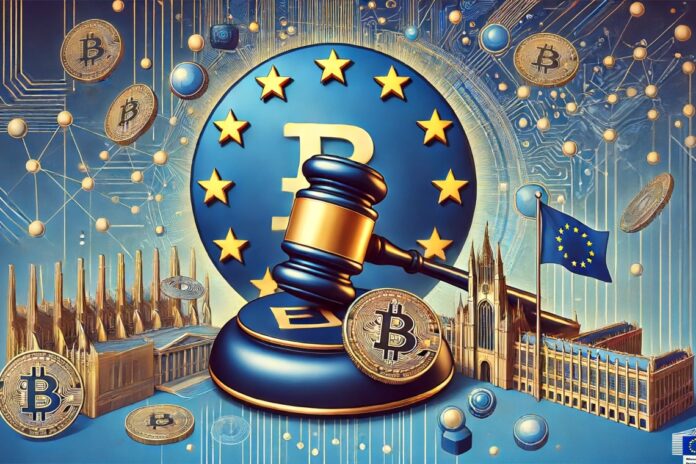The implementation of the MiCA crypto regulation is progressing rapidly, and with it the introduction of new technical standards and guidelines by the European Banking Authority (EBA).
The EBA has recently published a comprehensive package of technical standards and guidelines aimed at providing regulatory clarity for token issuers, with a particular focus on asset-referenced tokens (ART) and electronic money tokens (EMT) across Europe.
The MiCA regulation, adopted by the European Union, is designed to create a coherent and secure legal framework for the issuance and use of crypto-assets.
This regulation aims to strengthen investor protection, ensure financial stability, and promote technological innovation in the crypto-asset sector.
Summary
New guidelines for MiCA crypto regulation based on EBA guidelines
The new guidelines and technical standards of the EBA represent a fundamental step towards the effective implementation of MiCA.
These standards are designed to ensure that ART and EMT issuers operate in compliance with European regulations, guaranteeing transparency, security, and integrity in the crypto-asset market.
Tokens linked to activities, or ART, are crypto-assets whose value is connected to one or more underlying assets, such as commodities or fiat currencies. The new EBA guidelines require that ART issuers maintain an adequate reserve of the underlying assets to ensure the stability and value of the token.
Furthermore, the issuers must provide detailed and transparent information to investors regarding the underlying assets, reserve policies, and investor protection mechanisms.
The EBA also emphasizes the importance of robust governance for ART issuers. Companies must implement governance structures that ensure prudent management of resources, separation of activities, and protection of investors’ rights.
Furthermore, measures must be adopted to prevent conflicts of interest and ensure compliance with anti-money laundering (AML) and counter-terrorism financing (CFT) regulations.
The electronic money tokens, or EMT, are crypto-assets designed to function as digital money, with a value linked to a specific fiat currency.
The EBA guidelines for EMTs require that issuers obtain a license to operate as electronic money institutions, in accordance with European directives on electronic money and payment services.
EMT issuers must ensure that the funds raised from investors are safeguarded and segregated from other business activities. They must also implement risk management systems to monitor and mitigate the risks associated with the issuance of EMT, including operational, liquidity, and credit risks.
Transparency and investor protection
A central theme of the new EBA guidelines is transparency. Issuers of ART and EMT must provide investors with complete and accurate information regarding the characteristics of the tokens, the associated risks, and the rights of the investors.
This includes the disclosure of periodic information on the reserves of underlying assets, on reserve policies, and on mechanisms for protecting investors.
Furthermore, the EBA requires that issuers adopt measures to protect investors’ funds in case of insolvency or bankruptcy of the issuer. This can include the creation of separate accounts for investors’ funds and the adoption of insurance or guarantee mechanisms.
The implementation of the new guidelines and technical standards of the EBA represents a significant step towards the creation of a safer and more regulated market for crypto-assets in Europe.
With these measures, the EBA aims to ensure that ART and EMT issuers operate in compliance with European regulations, protecting investors and promoting financial stability.
As the crypto-assets industry continues to evolve, the MiCA regulation and the EBA guidelines provide a clear and consistent framework for issuers, helping to create a safer and more transparent market environment.
This will not only protect investors, but also encourage innovation and technological development in the bull and bear sector of crypto-assets.




